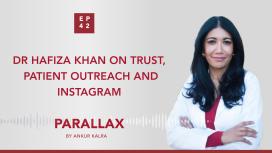
In the second part of Parallax’s review of 2021, Dr Sukh Nijjer, Interventional Cardiologist from Imperial College London, and Dr Ankur Kalra discuss key advances in the field of heart failure and cardiac surgery.
SGLT2 inhibitors are proving to be the blockbuster drug of this decade: Sukh summarises and compares the learnings from DAPA-HF, Emperor-Reduced, and Emperor-Preserved. Next, Sukh highlights the data from SOLOIST-WHF that showed sotagliflozin to have beneficial effects on CV outcomes among patients with type 2 diabetes and HF. Additionally, they discuss how findings on finerenone (FIGARO-DKD) will shape the field. Sukh talks about the semaglutide and the STEP studies, an injectable medication that further expends cardiologist knowledge beyond their speciality. Ankur and Sukh reflect on how the advancement of this field shaped their own practices.
2021 was a busy year for cardiac surgery trials: Sukh and Ankur review the most pertinent data from the AVATAR randomised study presented at AHA 2021. Sukh interprets the outcomes and asks Ankur about his clinical experiences. Finally, they review the investigator led LAAOS III study that showed patients with atrial fibrillation undergoing cardiac surgery, left atrial appendage occlusion was superior to no occlusion.
What were the top practice informing heart failure trials of 2021? What does the latest data say on current cardiac surgery practices? How will these findings inform patient care?
Questions and comments can be sent to “podcast@radciffe-group.com” and may be answered by Ankur in the next episode. Guest @SukhNijjer, hosted by @AnkurKalraMD. Produced by @RadcliffeCARDIO.

Brought to you by Edwards: www.edwardstavr.com
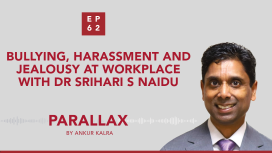
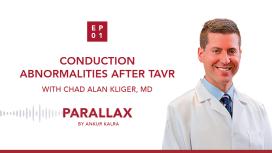

Parallax’s guest this week is Dr Eric David Adler, Medical director of heart transplant and mechanical circulatory support at UC San Diego Health.

How did Dr Gragossian receive her diagnosis? How does she feel about her new reality? What drives her? What is her message to our listeners?
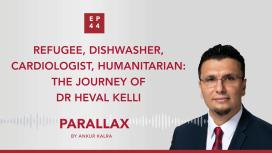
Just after 9/11, Heval, the 18-year-old Syrian Kurdish refugee found a job as a dishwasher. At this point, he was the sole provider of his family. The pressure that comes from being poor did not leave him for many years. Today, he is firm believer in giving back to underserved communities by spreading awareness within the medical community. As he says, well-meaning people of privilege are sometimes afraid to act. What we need is more people to bridge the gap and find ways to help each other.
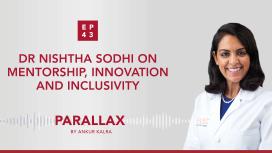
What drives Dr Nishtha Sodhi? What were the formative moments of Dr Sodhi’s career? What are the new frontiers of cardiology?
